Accessing a remote Linux desktop computer is made possible by the remote desktop protocol (RDP), a proprietary protocol developed by Microsoft. It gives a user a graphical interface to connect to another/remote computer over a network connection. FreeRDP is a free implementation of the RDP.
RDP works in a client/server model, where the remote computer must have RDP server software installed and running, and a user employs RDP client software to connect to it, to manage the remote desktop computer.
In this article, we will share a list of software for accessing a remote Linux desktop: the list starts off with VNC applications.
VNC (Virtual Network Computing) is a server-client protocol that allows user accounts to remotely connect and control a distant system by using the resources provided by the Graphical User Interface (GUI).
Remote Desktop Tools for Linux
Following are the list of best remote desktop tools for Linux:
Zoho Assist
Zoho Assist is a free, fast, cross-platform remote support software that allows you to access and support Linux desktops or servers without remote connection protocols like RDP, VNC, or SSH. Remote connections can be established from your favorite browser or a desktop plugin, regardless of the remote computer’s network.
With a whole host of features like remote file transfer, multi-monitor navigation, and clipboard sharing to aid MSPs, IT support technicians, and helpdesk technicians, debugging a Linux remote desktop is easy sailing with Zoho Assist.
Zoho Assist is extremely secure with two-factor authentication, action log viewer, and antivirus compatibility. SSL and 256-bit AES encryption ensure all session-related information is passed through an encrypted tunnel.
A clutter-free user interface makes working easy for first-timers. You can customize email templates, and rebrand the Linux remote desktop application to use your company’s name, logo, favicon, and portal URL.
With Zoho Assist, you can configure all major variations of Linux computers and servers like Ubuntu, Redhat, Cent, Debian Linux Mint, and Fedora for unattended access, and seamlessly access them anytime.
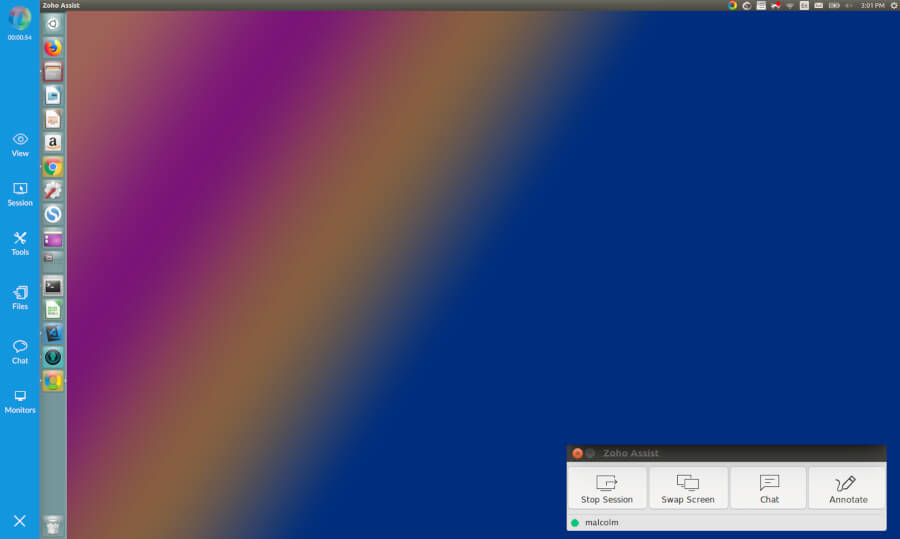
Remote Access Plus
Remote Access Plus is a powerfully built remote support software that enables IT, technicians, to collaborate and troubleshoot devices, located anywhere in the world, in just a few clicks. A centrally hosted server stays in contact with the client machines and technicians can access them on demand.
A simple user interface and client-server architecture enable seamless connectivity for IT and help desk technicians to troubleshoot a remote device. Besides, you can voice or video call, or even text chat with your end-user to understand and resolve the issue better and faster.
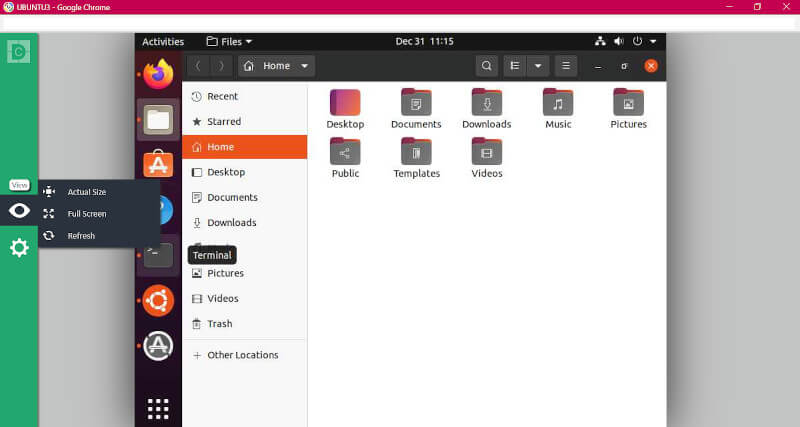
Packed with Two Factor Authentication, 256-bit AES encryption, and an action log viewer, you can access and control any remote Linux device without worrying about security. You can also create custom groups to manage your Linux devices.
This is especially helpful if you have many Linux devices to manage as dynamic custom groups automatically add devices to the group, provided those devices satisfy a set of defined criteria.
Remote Access Plus is available both as an on-premise and cloud solution. Furthermore, you can choose between three different editions – Free, Standard, and Professional depending on the number of managed Linux devices and features.
With Remote Access Plus, you can take remote control of various Linux devices, such as those running on Ubuntu, Debian, Red Hat Enterprise Linux, Fedora, CentOS, Mandriva, OpenSuSE, etc., and it supports more than 17 languages too!
ThinLinc – Linux Remote Server
ThinLinc is a highly secure and fast Linux Remote Server used to publish Linux desktops and applications for multiple users located anywhere and using any client device (Linux, macOS, Windows, and web browser).
The server is easily installed and maintained on any popular Linux distribution and works for 1 to thousands of users. Just add extra agent servers, and you scale the number of users with low effort. It is free of cost the use of ThinLinc for a maximum of 10 concurrent users per organization.
Different from the majority of the VNCs, ThinLinc natively supports Audio Redirection; provides better Image Quality and Responsiveness; is more Secure; Easy to Configure; and has Redundancy, Load Balancing, and High Availability built in.
ThinLinc dynamically changes the settings to offer the best image quality without sacrificing speed to provide a smooth experience even if you are using a limited network or if it is unstable. ThinLinc is heavily used to provide remote 3d and high-demanding software with server graphics acceleration through VirtualGL.
ThinLinc is mostly based on open source, it packages TigerVNC, noVNC, SSH, and Pulse Audio in a stable, supported, and enterprise-level software. The company is also the maintainer of TigerVNC and noVNC projects.
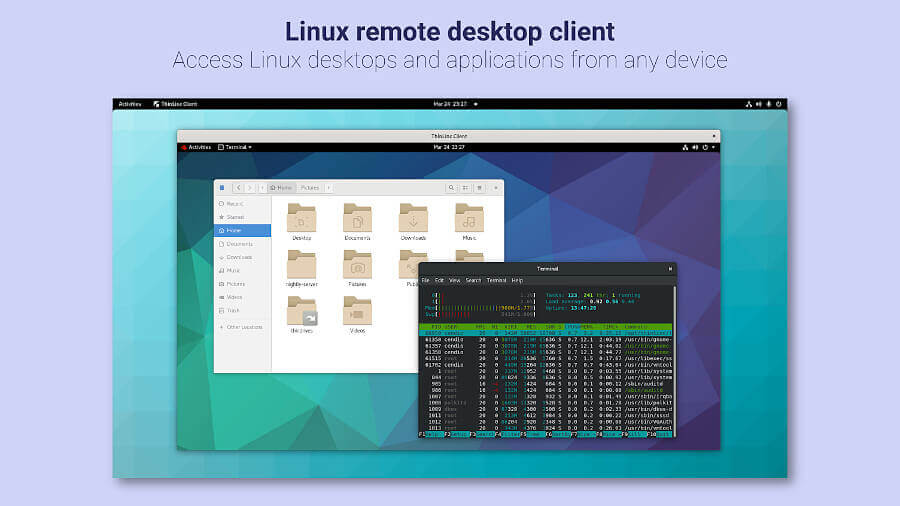
1. TigerVNC
TigerVNC is a free, open-source, high-performance, platform-neutral VNC implementation. It is a client/server application that allows users to launch and interact with graphical applications on remote machines.
Unlike other VNC servers such as VNC X or Vino that connect directly to the runtime desktop, tigervnc-vncserver uses a different mechanism that configures a standalone virtual desktop for each user.
It is capable of running 3D and video applications, and it attempts to maintain a consistent user interface and reuse components, where possible, across the various platforms that it supports. In addition, it offers security through a number of extensions that implement advanced authentication methods and TLS encryption.
For enthusiasts of TigerVNC seeking an enterprise-level solution, ThinLinc, developed by the same company and focused on Linux Remote Desktop, is also available and free for up to 10 users.

2. RealVNC
RealVNC offers cross-platform, simple, and secure remote access software. It develops VNC screen-sharing technologies with products such as VNC Connect and VNC Viewer. VNC Connect gives you the ability to access remote computers, provide remote support, administer unattended systems, share access to centralized resources, and much more.
You can get VNC to connect for free for home use, which is limited to five remote computers and three users. However, any professional and enterprise use requires a subscription fee.
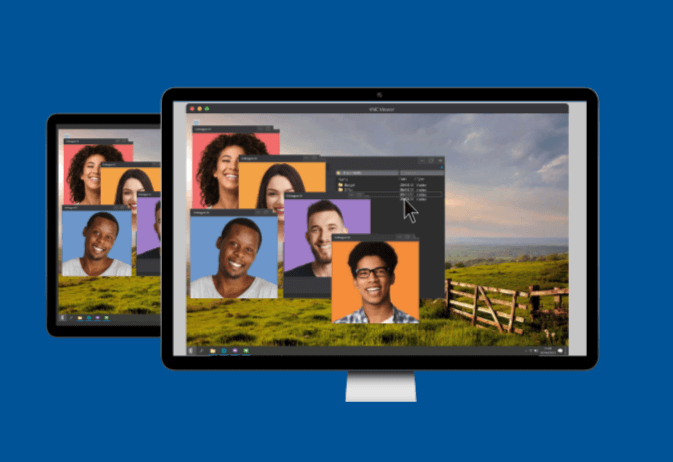
3. TeamViewer
Teamviewer is a popular, powerful, secure, and cross-platform remote access and control software that can connect to multiple devices simultaneously. It is free for personal use and there is a premium version for business users.
It is an all-in-one application for remote support used for remote desktop sharing, online meetings, and file transfer between devices connected over the Internet. It supports more than 30 languages around the world.
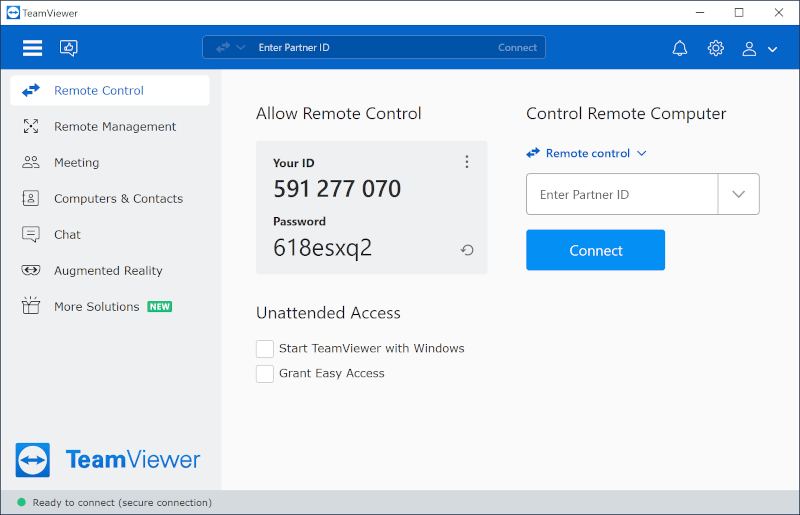
4. Remmina
Remmina is a free and open-source, fully-featured, and powerful remote desktop client for Linux and other Unix-like systems. It is written in GTK+3 and intended for system administrators and travelers, who need to remotely access and work with many computers.
It is efficient, reliable, and supports multiple network protocols such as RDP, VNC, NX, XDMCP, and SSH. It also offers an integrated and consistent look and feels.
Remmina allows users to maintain a list of connection profiles, organized by groups, supports quick connections by users directly putting in the server address and it provides a tabbed interface, optionally managed by groups plus many more features.
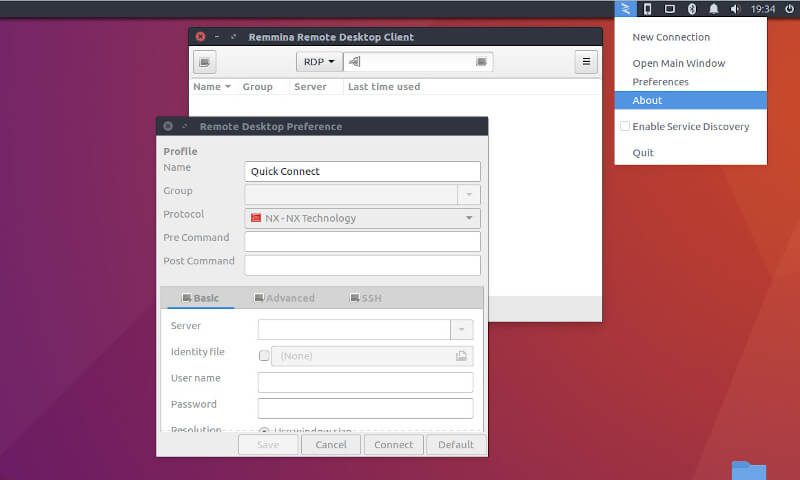
5. NoMachine
NoMachine is a free, cross-platform, and high-quality remote desktop software, that offers you a secure personal server to access all your files, watch videos, play audio, edit documents, play games, and move them around.
It has an interface that lets you concentrate on your work and is designed to work in a fast manner as if you are seated right in front of your remote computer. In addition, it has remarkable network transparency.
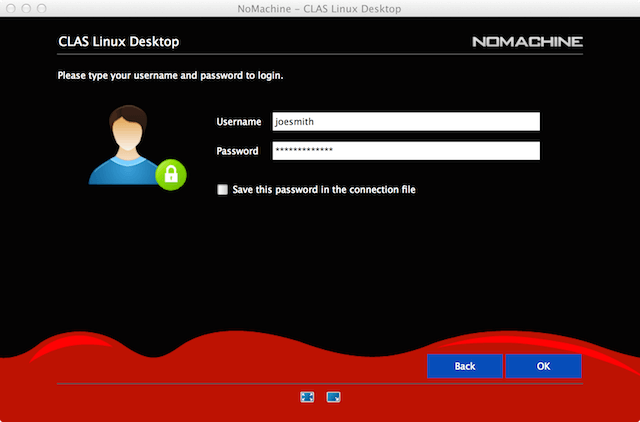
6. Apache Guacamole
Apache Guacamole is a free and open-source client-less remote desktop gateway that supports standard protocols like VNC, RDP, and SSH. It requires no plugins or client software; simply use an HTML5 web application such as a web browser.
This means that the use of your computers is not tied to any one device or location. Furthermore, if you want to employ it for business use, you can get dedicated commercial support from third-party companies.
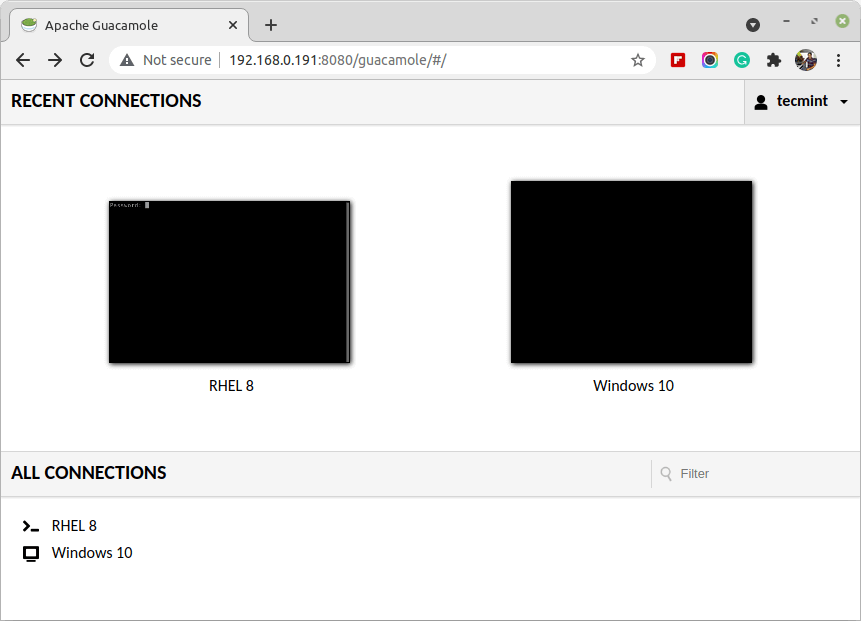
7. XRDP
XRDP is a free and open-source, simple remote desktop protocol server based on FreeRDP and rdesktop. It uses the remote desktop protocol to present a GUI to the user. It can be used to access Linux desktops in conjunction with x11vnc.
It greatly integrates with LikwiseOPEN thus enabling you to log in to a Ubuntu server via RDP using an active directory username/password.
Although XRDP is a good project, it needs a number of fixes such as taking over an existing desktop session, running on Red Hat-based Linux distributions, and more. The developers also need to improve their documentation.
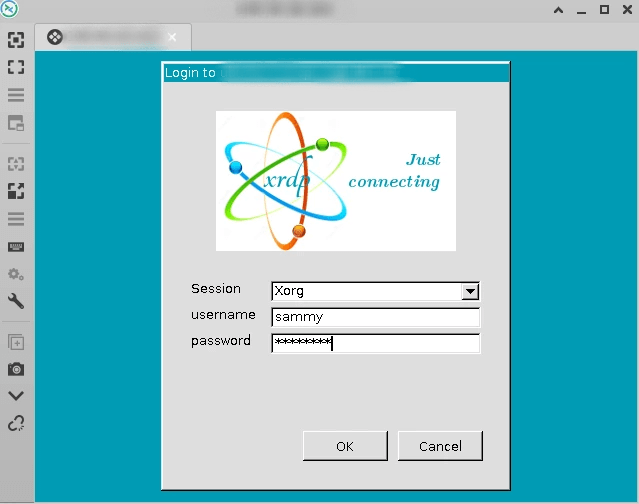
8. X2Go
X2Go is an open-source cross-platform remote desktop software similar to VNC or RDP, that offers remote access to a Linux system’s graphical user environment over the network using a protocol, which is tunneled through the Secure Shell protocol for better encryption of data.
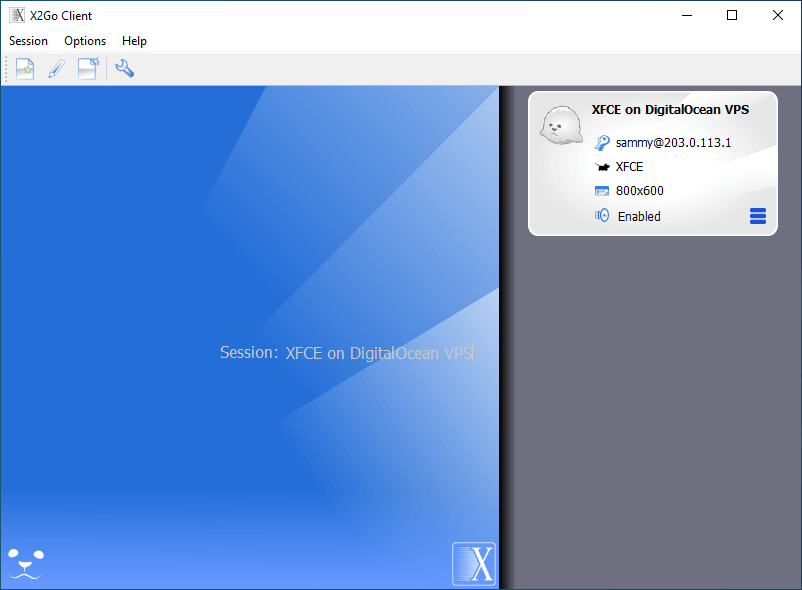
9. Xpra
Xpra or X is an open-source cross-platform remote display server and client software, which offers you to access remote applications and desktop screens over SSH sockets with or without SSL.
It enables you to execute applications on a remote host by displaying their screen on your local machine without losing any state after disconnecting. It also supports the forwarding of sound, clipboard, and printing features.
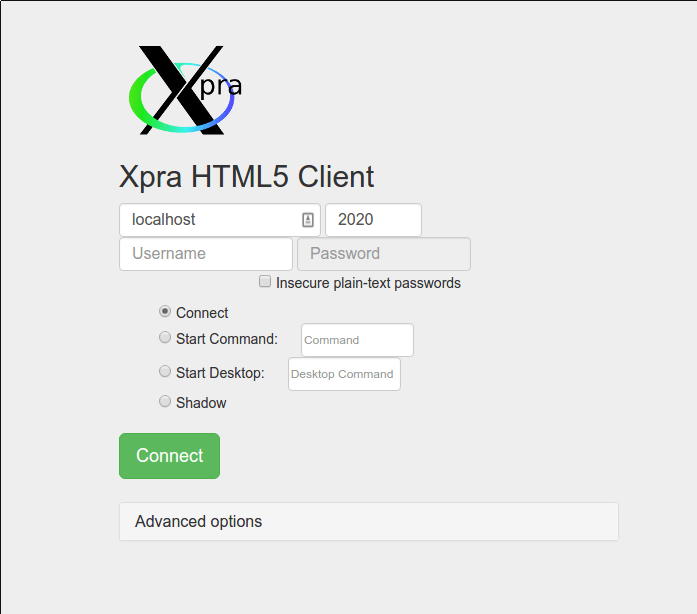
10. AnyDesk
AnyDesk is another non-FOSS remote desktop software that offers platform-independent secure latency-free remote desktop access to personal computers and other mobile devices running the host application.
It offers remote access for multiple operating systems, faster file transfer, communication via text chat, a whiteboard for creating a visualization, and VPN functionality.
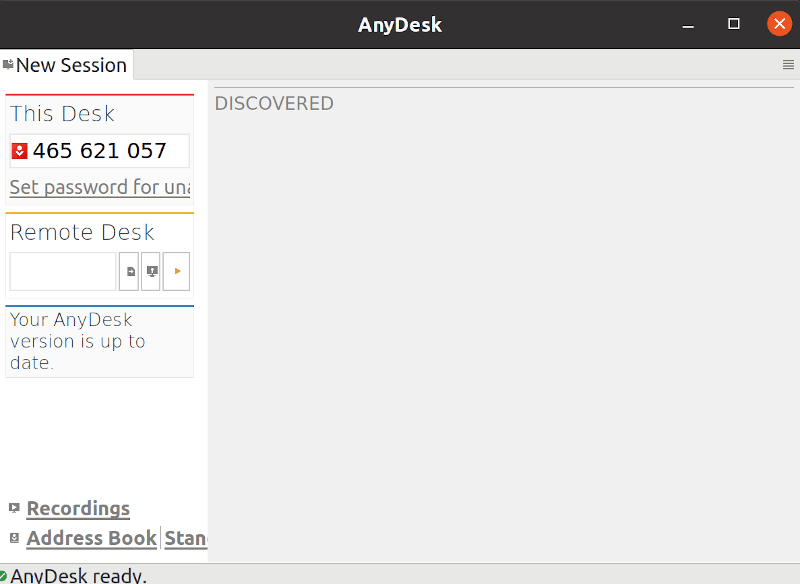
11. KRDC
KRDC (KDE Remote Desktop Connection) is an open-source and free remote desktop-sharing client application created by KDE for the KDE desktop environment, but it is available for any distribution.
It supports VNC and RDP protocols, that allow you to view or even manage the complete remote desktop session on another machine that is running a compatible server.
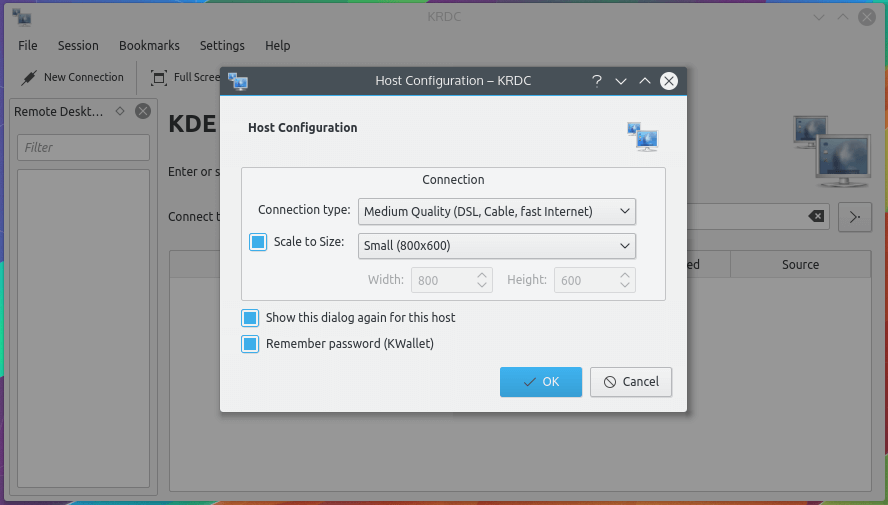
12. GNOME Connections
GNOME Connections is a remote desktop client for the GNOME desktop environment that allows you to connect and share any other remote desktop content or software running on the different desktop operating systems using the supported VNC and RDP protocols.
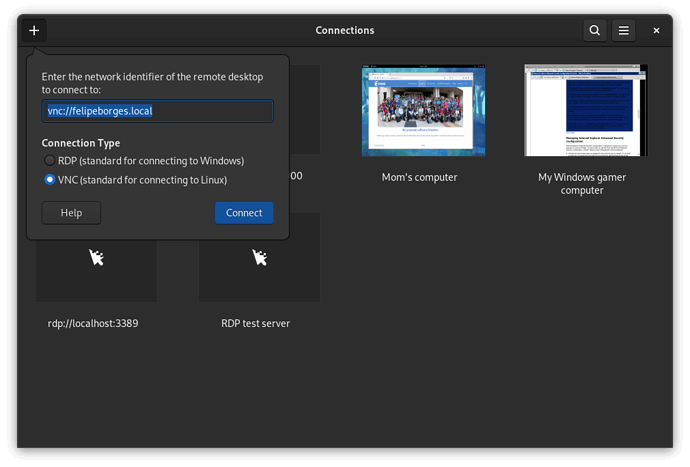
13. FreeNX
FreeNX is an open-source, fast, and versatile remote access system. It is a secure (SSH-based) client/server system, and its core libraries are provided by NoMachine.
Unfortunately, at the time of this writing, the link to the FreeNX website did not work, but we have provided links to the distro-specific web pages:
- Debian: https://wiki.debian.org/freenx
- CentOS: https://wiki.centos.org/HowTos/FreeNX
- Ubuntu: https://help.ubuntu.com/community/FreeNX
- Arch Linux: https://wiki.archlinux.org/index.php/FreeNX
That’s all! In this article, we reviewed the best tools to access remote Linux desktops. Feel free to share your thoughts with us via the comment form below.

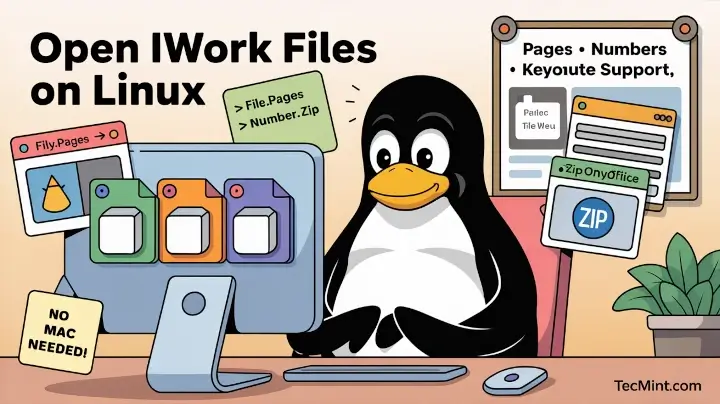
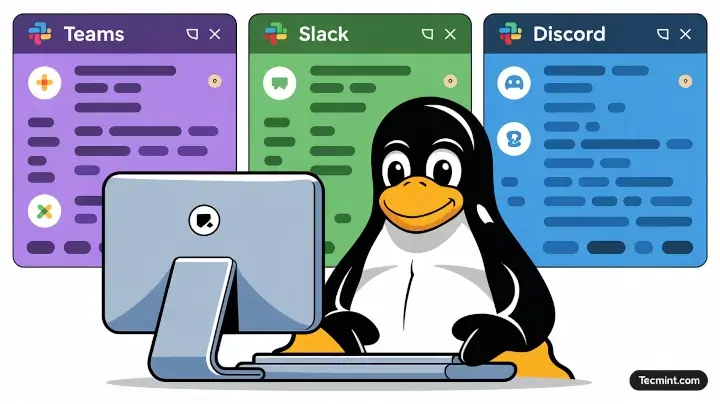


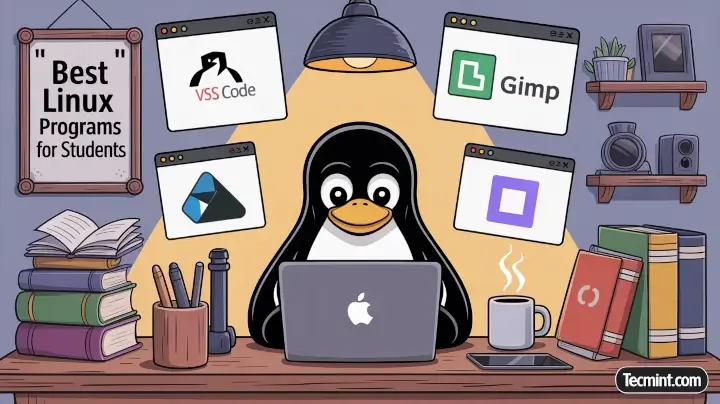
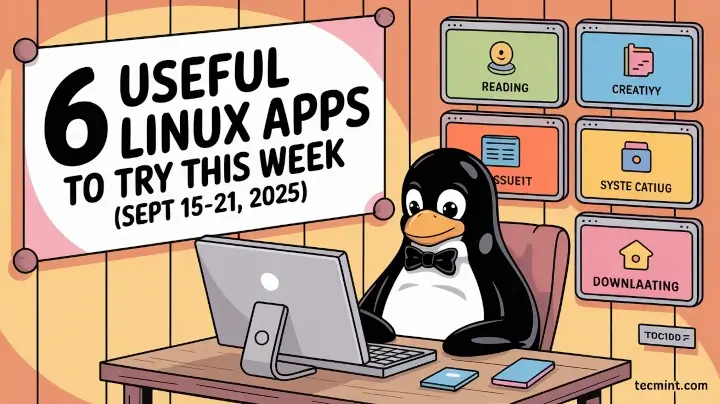
Any Idea about Clonadesk Remote Desktop software?
Hi,
I use MeshCentral for a few years now, and it is amazing for remote device management.
Its opensource and on-prem.
Carlos
Please, add
Getscreen.mesoftware it works in Linux and has a Free version.Can you give recommendations on what WIN10 client and what Ubuntu 22.04 service performs most painlessly managing a headless Ubuntu host within an adequately insulated LAN?
Best Lino
I am searching on google for the best tools For RDP and I got it here. Thanks, admin!
The comment system here is broken, “you are posting comments too quickly”, just wasted time writing about X2go, it is the best of them all, go check it out, has the most features.
But be aware,
X2go is really an excellent application, but there is one incredible bug: x2go server creates large spool files of hundreds of GBytes (some bug in their option of printing of remote files.
They have had this bug longer than 10 years. When you delete these bug files, x2goserver restores these buggy spool files again. You have no chance to fix it.
Hynek
Have you tried out https://github.com/rustdesk/rustdesk
Hi! Great post, really helpful!
I wonder if you had the chance to check ThinLinc from Cendio (www.cendio.com). It is based on open-source (TigerVNC, NoVNC, etc) and the full version is free for up to 5 users.
It is totally focused on Linux.
Cendio is also the main sponsor of TigerVNC and NoVNC. It is a Linux Remote Desktop Server. Hope you like it.
Anydesk does not work on Linux Mint 19.3.
@Cas,
Why? what error are you getting while installing Anydesk on Linux Mint?
Zoho Assist is no longer free. The lowest available price is $20/month.
I recently tried a new remote desktop software called Awesun. You can easily control Linux OS.
I’ve been using Deskgate for a while. Excellent performance and complies with the law on the protection of personal data.
If you are looking for a free, secure, open source, cross platform remote assistance solution, then you should definitely consider Dayon!
Yes, it’s awesome – but make sure you download it directly from GitHub or choose the *active* version from SourceForge! I first downloaded a pretty outdated version from Sourceforge.
Have you considered anydesk?
I like how you kids always have to reinvent the wheel, and make it square. Every Linux and UNIX box has, and was designed for, this capability.
Access it via
ssh -X.It works but this is extremely slow and for me unusuable
RTFM. If this isn’t across your LAN then use.
ssh -X -Cworks fine locally, but over low bandwidth and high latency links it’s so unbelievable slow and yes, I did RTFM, change encryption algorithm etc.Why you are outdated? Because you don’t know what are you talking about. I have 300 Mbit/sec. link between me and server and still can have quickly updating graphics, video, or graphics with fine details. And the server is AWS! Not slow at all.
What about xpra
@Storm,
Thanks for notifying about Xpra software, we’ve included in the list.
Might want to consider SSVNC as well, which directly supports encryption connections which is vital in implementing any remote access solution.
@Richard,
Thanks for telling about SSVNC, we will check and include in the list..
SSVNC has not been updated since 2011. I would not use software that old on a production system, or even a home system if there are alternatives that are more up to date.
Why X2Go is nowhere in the list?
Nevermind, I didn’t see it was already pointed by older comments.
@Giovanni,
As per your request, we’ve included X2Go to the list..
Thanks a ton for pointing out nomachine
@krishnan
Welcome, thanks for the feedback.
Another great Remote Sharing tool is Anydesk.
@ Giuseppe
Many thanks for sharing this, we’ll definitely check it out.
FreeNX web don’t work, seems that the project is down
@Francisco
We will cross check, thanks for mentioning.
Hi Admin,
I want to use VPN in Macbook. Which application is best and easy to use.
@Flacker,
Please check this article, and find one which best suits you: 13 Best VPN Services with Lifetime Subscription
I’ve seen Apache Guacamole service, I think it’s great. I would like to know what are the alternatives to this, not forgetting his philosophy, of working in web environments.
@Jerson
NoMachine, the fifth in the list allows for web based remote access, as explained here: https://www.tecmint.com/nomachine-an-advanced-remote-desktop-access-tool/.
If you’re considering freenx, you may want to also consider xpra.
https://www.xpra.org/
It’s open source, and probably comes with your distribution. Like freenx, it’s a thin graphical client than “remote control.” But you can configure it to remote control the console if you want to.
@Alan
Okay, we will check it out. Many thanks for the feedback.
R-HUB remote support servers is another best tool for remotely accessing computers. You may try the same.
@Prasanta
Many thanks for sharing, we will check it out.
Thinlinc from Cendio is also a good choice.
@Georg
Many thanks for sharing, we will check it.
Anydesk is nice, too, and very useful (and free).
@Gonzalo
We will check it out, thanks for sharing.
The second thing to do is to activate the VNC service. Go to Menu / Preferences / Raspberry Pi Configuration, and enable the VNC service. Later we see that the VNC service is installed because a VNC tab appears in the upper left part of the menu.
I use Linux and have an elderly friend who wants me to support her. She has MS Windows and does not know which version. I am sure she would not know how to install an application. Is there a good choice for connecting with RDP and the Windows native application? What do you recommend for this?
@Jack
You can use Remmina, it easier to use in this case.
First, she will have to enable Remote Desktop Connections on her Windows PC, then your can install Remmina, RDP Client on your Linux desktop. And then you can setup a remote desktop session from your machine to her’s(you need to know her remote IP address for this purpose).
For more information on how Remmina works, check out this guide: https://www.tecmint.com/remmina-remote-desktop-sharing-and-ssh-client/
@Jack L,
A simpler method even than Remmina, wherein you wouldn’t need to know her IP address, is to enable Chrome Remote Desktop on her system. You just set it up with a PIN code that you know and you’ll have access to her system when you need it through Chrome RDP on your machine (or from anywhere that you have access to Google Chrome, really). It does have to associate the computer with a Google account, so you’ll need to setup one if you don’t already have one or use Gmail.
Good on you for helping your neighbor!
@Brandon
Many thanks for sharing this simpler and well explained solution.
No FreeNX website because it’s been replaced by x2go:
https://wiki.x2go.org/doku.php/start
@johnnybee
Thanks a ton for sharing this useful info, we will check it out and update the article accordingly.
X2Go is another good remote access software.
@Mikhail
Thanks for mentioning this, we will check it out.
Last time I used X2Go it didn’t support modern DE’s (plasma 5, unity, etc), something to do with X2Go’s libraries only using the older GLX 1.2. Compatibility info here: https://wiki.x2go.org/doku.php/doc:de-compat
@Nick
Okay, we will investigate this, many thanks for sharing your experience with us.